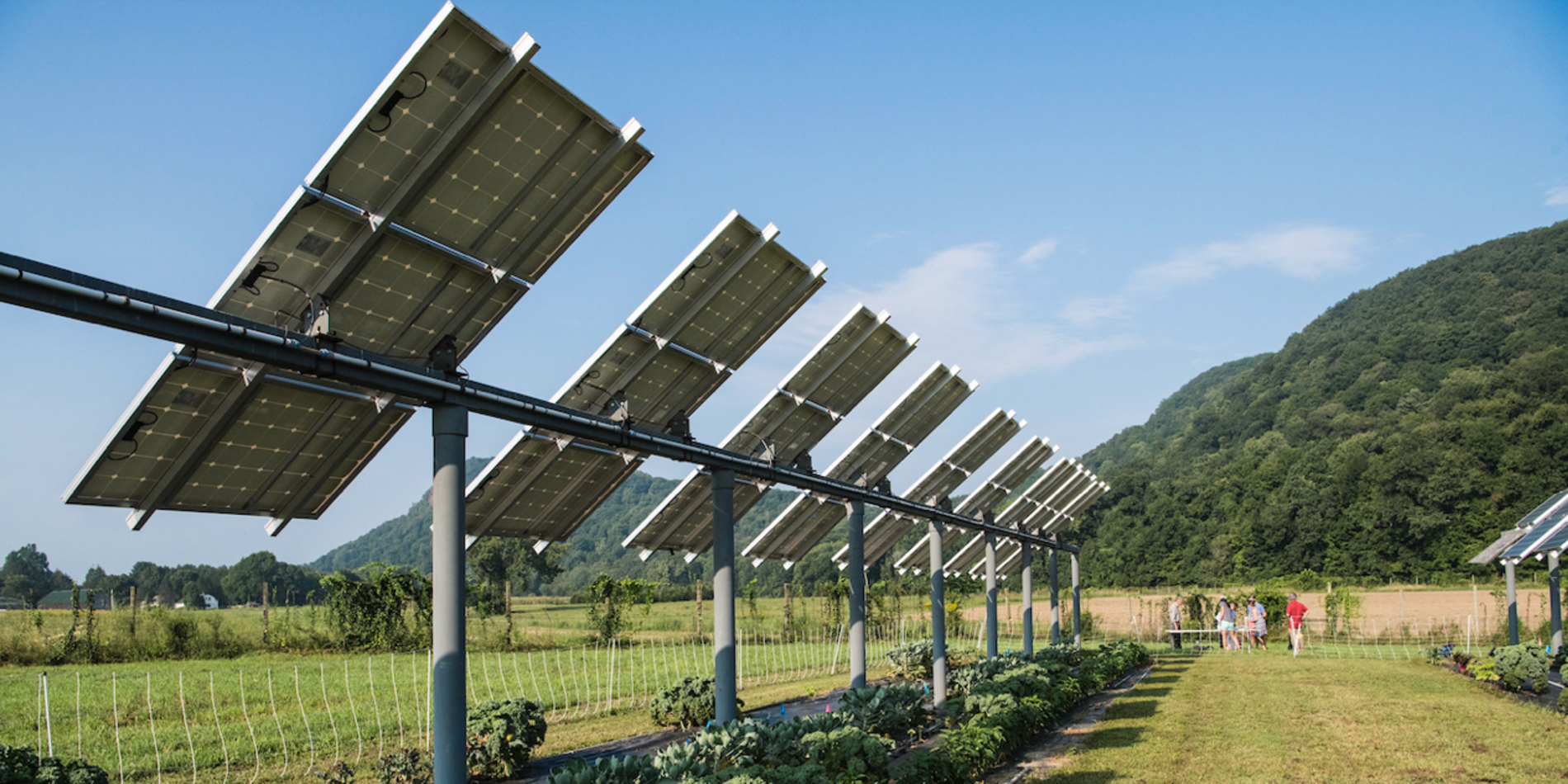Sustainable Delivery
Stanford business grad hopes to clean up same-day delivery.
Today, Ben Jones is the CEO of Ohi, a rapidly expanding venture that is speeding up product delivery with less waste and, he hopes, a brighter future, but the inspiration for this startup arrived under grim circumstances.

In 2012, a routine visit to the chiropractor left Jones temporarily paralyzed, and while his mobility returned within a day, it took several years for him to recover fully. By 2015, following his final major surgery, he couldn’t buy and carry a bag of groceries home to his flat in London.
“I ended up becoming completely reliant on e-commerce for everything,” Jones recalls of those last 16 months he spent healing. He turned to Amazon for speed of delivery, and soon found himself overwhelmed by towers of boxes that he needed assistance to break down.
“It was like living in a rainforest of cardboard,” he says.
Jones returned to full health, but the absurdity of the cardboard rainforest never left him. “I realized, here is a problem that has to be solved. There must be a better way.” So, instead of returning to his career in finance, he applied to the Stanford Graduate School of Business and started searching for a solution.
New delivery paradigm
In today’s era of Amazon Prime, customers expect their online purchases to arrive quickly and for free. This puts financial strain and logistical pressure on companies, especially small businesses and new enterprises.
Environmental costs are adding up, too. Beyond the crush of cardboard boxes and plastic packaging, carbon emissions are rising as corporations increasingly rely on air mail to meet consumer expectations for fast delivery.
At Stanford, Jones initially set out to find a swifter, greener way of delivering groceries, but he stumbled onto a far bigger solution. He called the venture Ohi—a Hawaiian word that means “to collect.”

“Well, I’ve anglicized the pronunciation slightly,” he concedes in his British accent, preferring “O-hi” instead of the proper Hawaiian “O-hee.”
Originally the concept for Ohi was Blue Apron style grocery boxes—fresh food for consumers delivered within 20 to 30 minutes of the order using minimal packaging. He assembled a team to run a pilot back in London the summer after his first year at Stanford GSB.
“To meet our goal of 20 to 30 minutes, we quickly realized that we had to bring the inventory very, very close to customers,” says Jones, who soon spent a day knocking on the doors of bars, restaurants, cafes, and small stores, asking if they had extra space available to lease for the summer.
“It turns out that loads of them did,” he says. Ohi’s first headquarters were in a kitchen and basement under a Clapham Common restaurant. The team prepped boxes until orders came in for the evening rush hour, and then they would deliver to the nearest Tube station for customers to collect.
On one hand, the pilot was a rousing success—but the customer feedback suggested the need for a pivot to different products. “They said, ‘Listen, there’s a grocery store on every corner. I don’t share this pain point.’”
Distributed distribution
Back in the United States, Instacart, Amazon Prime Now, and grocers like Kroger offer curbside pickup and delivery for a modest fee. Jones realized the Ohi innovation wasn’t what was inside the boxes, it was the distribution model— having micro-warehouses in the end-customer's neighborhood, allowing same-day delivery with greater efficiency and less waste.
By capitalizing on retail and office spaces that have sat vacant for years, Ohi is repurposing dead space for fulfillment. It’s a relief for commercial landlords in places like New York City with historically vacant ground-floor retail.
Ohi inverts the usual distribution process. Unlike a traditional third-party logistics network, where a company has a central warehouse and then depends on UPS, Fedex, or the U.S. Postal Service to bring its products to the customer’s doorstep, with Ohi, the vendor’s inventory is already located near their customers. For startups and small businesses, it makes them more competitive sellers.
Another advantage of local delivery is it allows zero packaging—often a company value for Ohi vendors and their shoppers—or reusable totes with a vendor’s branding front and center, rather than a footnote in the Amazon invoice. Jones says that Ohi clients often sell cyclically purchased, shelf-stable items like beverages, makeup, and dental hygiene products.
“It’s also much more sustainable because we're cutting down on air shipping and we’re using bike couriers to go the last mile,” he says.
Obviously, the business model won’t work for every product in the marketplace. Bike couriers can’t deliver refrigerators, for example—and they operate best in dense urban cities. Yet for the right company in the right city, it’s a win-win-win.
When Jones graduated from Stanford in 2018 and moved to Manhattan, the venture had an Innovation Transfer grant from the TomKat Center for Sustainable Energy and a small investment from XSeed Capital to grow. The venture’s early successes and progress resulted in Ohi raising $2.75 million in its first round of seed funding.
“Without the TomKat grant, we wouldn’t have gotten that far,” he says of support that allowed Ohi to pilot the platform and design a website. “It’s really what got us off the ground.”
With eight employees as of November, Ohi continues to grow quickly, expecting to double in size by the end of 2019 as the company expands to the West Coast. Looking forward, Jones hopes to replace the existing third-party logistics network with a new model.
“Inventory is held too far away from customers,” he says. “What we’re doing here is building the next generation of fulfillment and Ohi will be the platform.”




